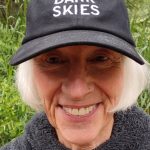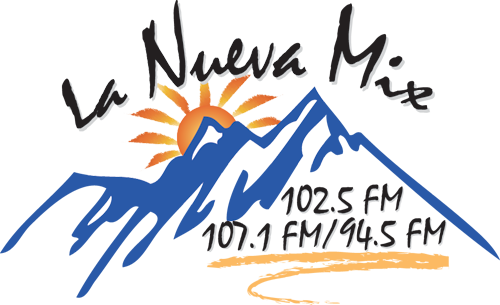“Simply put, without darkness, Earth’s ecology would collapse.”
— Paul Bogard, author of “The End of Night” and “Let There Be Night.“
Light pollution is the inappropriate and excessive use of artificial light at night. Light pollution has been scientifically linked to harmful impacts on the well-being of humans, flora and fauna.
Glare, sky and snow glow, light trespass/spill light, uplighting and light clutter often combine and overlap to further the problem of light pollution. Light pollution blots out the natural night sky.
Prior to a recent research study, it was thought worldwide light pollution was growing at 2% per year. A 10-year study that the Globe at Night international citizen-scientists completed in 2022 found that worldwide light pollution is growing at 9.6% per year.
What does this mean for wildlife? Animals are part of the planet’s 24-hour cycle that includes the nighttime and the daytime. All wildlife needs the natural darkness and length of the night to survive and thrive.
When there is too much artificial light at night, wildlife can become confused, disoriented and stressed. The dynamics of predator-prey relationships are radically altered. Their natural behaviors, including mating, foraging for food, migrating and sleeping, are substantially disrupted.
Light pollution is a contributing factor to the insect apocalypse. Butterflies, moths and other insects are drawn to artificial light at night. Disorientation and weakness disrupt their pollinator activities.
Millions of birds, many of which migrate at night, die each year because of light pollution. Migrating birds are attracted to artificial light at night, which can lead to building collisions. However, the bigger problem in Colorado is “navigational disruption,” which causes birds to fly off course.
Nocturnal mammals — including moose, deer, mountain lions and others — have experienced an extensive loss of habitat because of increased light pollution. Their existence depends on the natural night sky.
Glare from unshielded lights, floodlights, vehicle headlights and both highway and streetlights takes its toll on the night vision of nocturnal animals. Impaired night vision can result in temporary blindness or can be the cause of fatalities.
All living things make up interdependent ecosystems. Light pollution forces wildlife into experiencing unnatural rhythms of life. Consequently, many species are endangered or have become extinct.
What is the solution? It’s simple: shield lighting and use lights only when necessary. Reducing light pollution can happen, literally, overnight.
The Five Principles of Responsible Lighting are included in the brochure “Welcome Dark Sky Neighbor!” and can be found along with other educational materials at DarkSkyColorado.org.
These principles can be applied at home or on vacation:
- Useful — All light should have a clear purpose.
- Targeted — Light should be targeted to only where needed, inside and outside.
- Low light levels — Light should be no brighter than necessary.
- Controlled – Light should be used only when it is useful.
- Color — Use warmer-colored lights where possible.
Try these tips to help reduce the effects of light pollution on wildlife:
- Avoid all lighting that contributes to sky glow, which can spread hundreds of miles to affect naturally dark areas and open spaces.
- Stay away from unneeded lighting, such as landscape and string lighting.
- If lighting is needed for nighttime activities, use warm-colored lighting, like a red headlamp.
- Refrain from using off-road motorized and non-motorized vehicles from dusk to dawn.
- Drive slowly at night to reduce the impacts of headlights and road lights on wildlife.
We humans have the privilege and responsibility to restore and protect the night. If we implement efforts to reduce light pollution all of life, including wildlife, will thank us!

